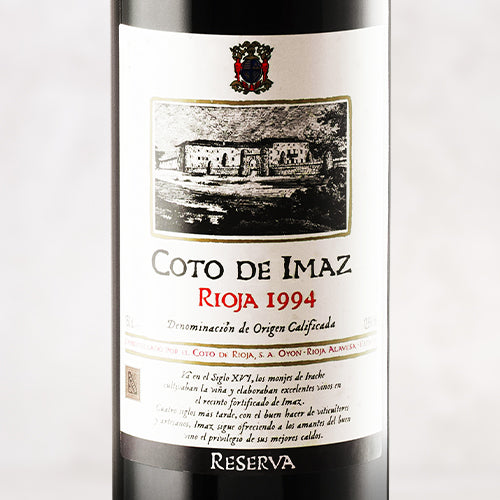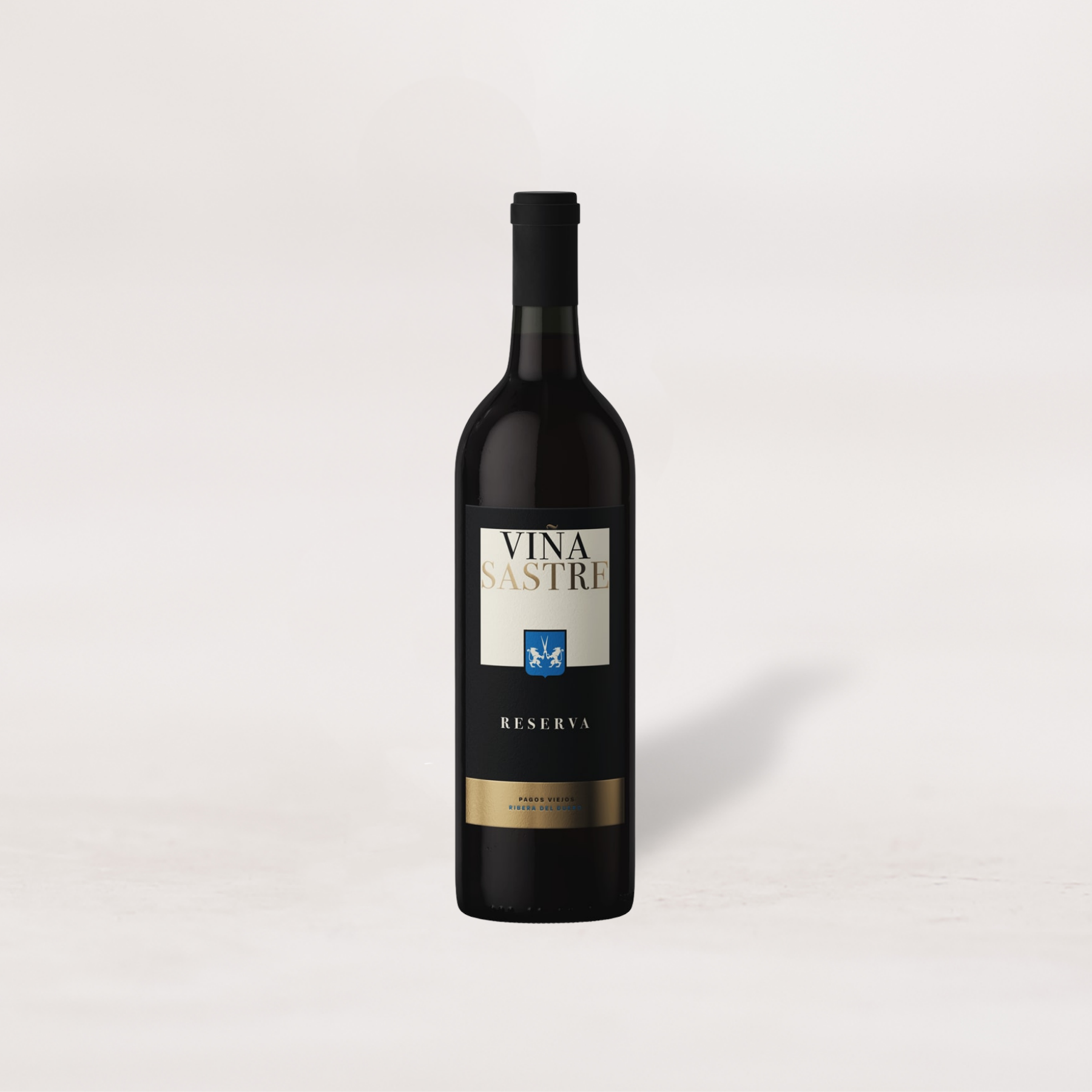Vines on an extinct volcano with soils formed by prehistoric lava flows? A wine that aged six years in a combination of Hungarian oak and stainless steel? An underground reputation forever enshrined by “The Grand Old Man of Somló?” All of that is present in today’s always elusive and emphatically unique Hárslevelű from Fekete Pince–for my money one of the most searingly and hauntingly mineral wines in the world. This 2018 release profoundly speaks to the mysticism swirling about the microscopic Hungarian appellation that is Somló (pronounced ‘shoam-low’), and after a half-dozen-year slumber in the cellar, it’s just now beginning to reach our shores in the smallest of waves. It’s a fascinating wine now, to be sure, but it also has an impressive life ahead. If all of this sounds vaguely familiar it’s no coincidence–we have preached the gospel of Somló before, because we are true believers!
Because the privatization of wine didn’t occur until after 1989, when the Soviet communist regime ended, many contemporary consumers assume Hungary is a new winemaking frontier. That couldn’t be further from the truth, especially in Somló: physical wine documentation dates back nearly 1,000 years and viticulture can be traced to the Roman Empire. Even kings and queens of yore revered Somlói wines, and they took it quite seriously too. From Fekete’s importer: “In 1752, local laws stated that if you were found adding water to wine, expect 25 lashings as the minimum punishment. If you were found to be labeling wine as Somló but using other fruit sources, you would be banned from making wine permanently and might even have your property confiscated.” The acclaim (but not the punishments) for these wines continued until the Second World War when vineyards were then appropriated by the state and redistributed under communism. Tumultuous times followed, and then Fekete Béla arrived.
Prior to earning the “The Grand Old Man” label, Fekete Béla would make annual treks to Somló to purchase grapes for his micro-batch ‘garage’ wines. But one year in the early 1970s, however, changed everything: A farmer on this fabled hillside asked Fekete if he would be interested in purchasing a couple of hectares. He accepted, and for the next 30+ years, he built up his holdings to four modest hectares and crafted the region’s greatest expressions of wine. He retired at a very ripe age in 2014, selling the estate to younger wine minds and close friends Ákos Dölle, György Emmert, Gábor Riesz, all of whom call him “uncle.” We are pleased to announce all of them are determined to preserve the traditions and unique style Béla was known for—evidenced by today’s stunning 2018.
Somló is Hungary’s smallest and consists of a lone volcanic hill that rises abruptly near Hungary’s border with Austria. The soils are rich in basalt and most of the vines sit at high altitudes with expositions to the southeast. Fekete’s vines are farmed without any “manicuring” and are sorted/harvested by hand. In 2015, the grapes saw four hours of skin contact before a spontaneous fermentation in old Hungarian oak casks. The wine was transferred into neutral 500- and 1,000-liter Hungarian barrels for 12 months of aging. It was then moved into stainless steel tanks for a whopping five-year slumber before bottling. Only 266 cases were produced.
Honey, lanolin, flint, beeswax, volcanic ash, lees, powdered rock. That’s what you’ll find at the fore in the place of big, ripe fruit–so if you’re interested in minerality and savoriness over fruitiness, this is your wine. Still, give it some air, and pulses of lime blossom, poached pear, and green apple emerge to further complement the powerful and palpable terroir at play. Enjoy this dry, steely, liquified-mineral white over several hours and cellar your other bottles for consumption over the next 5-8 years. Cheers!











